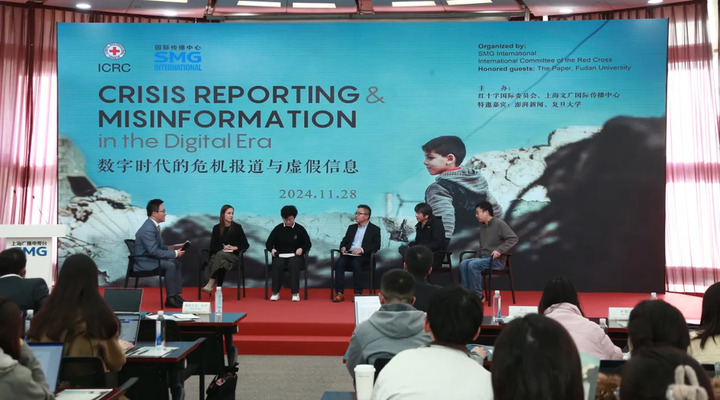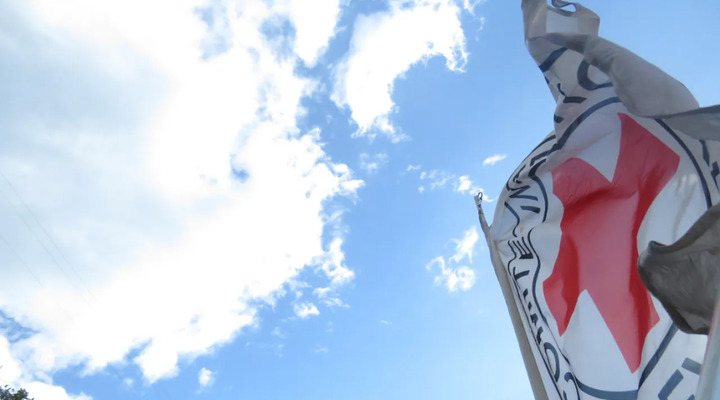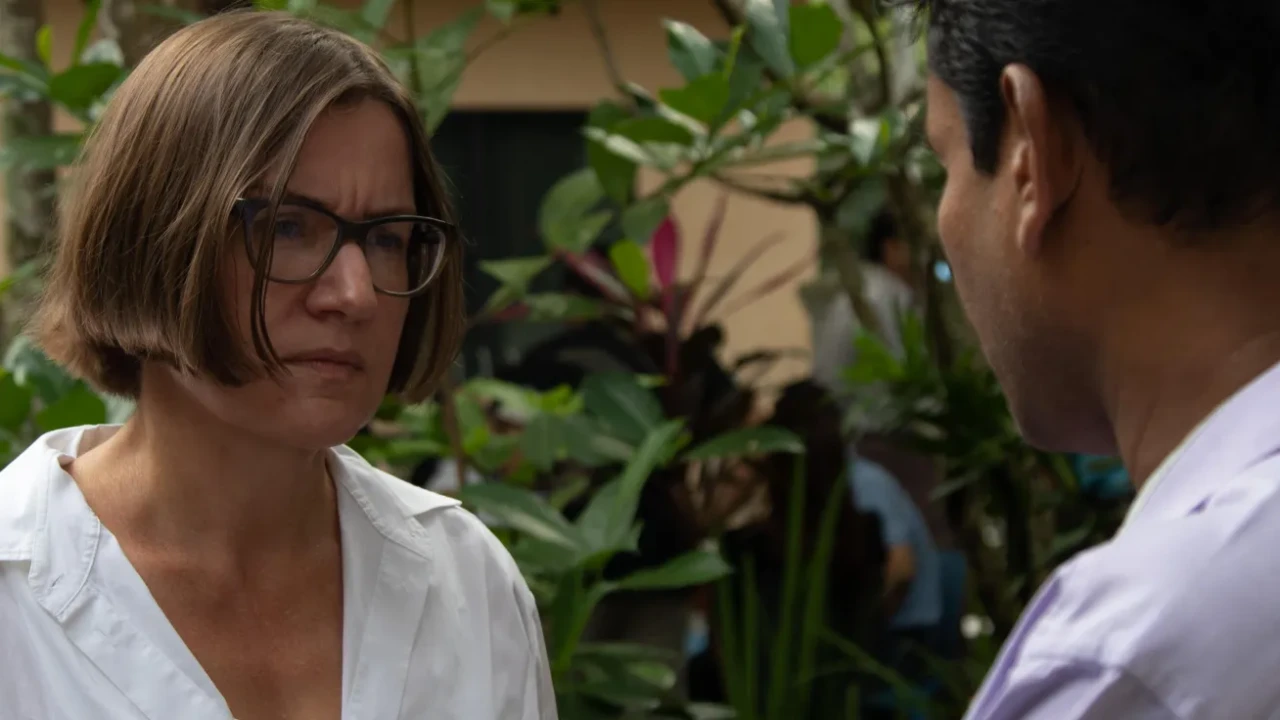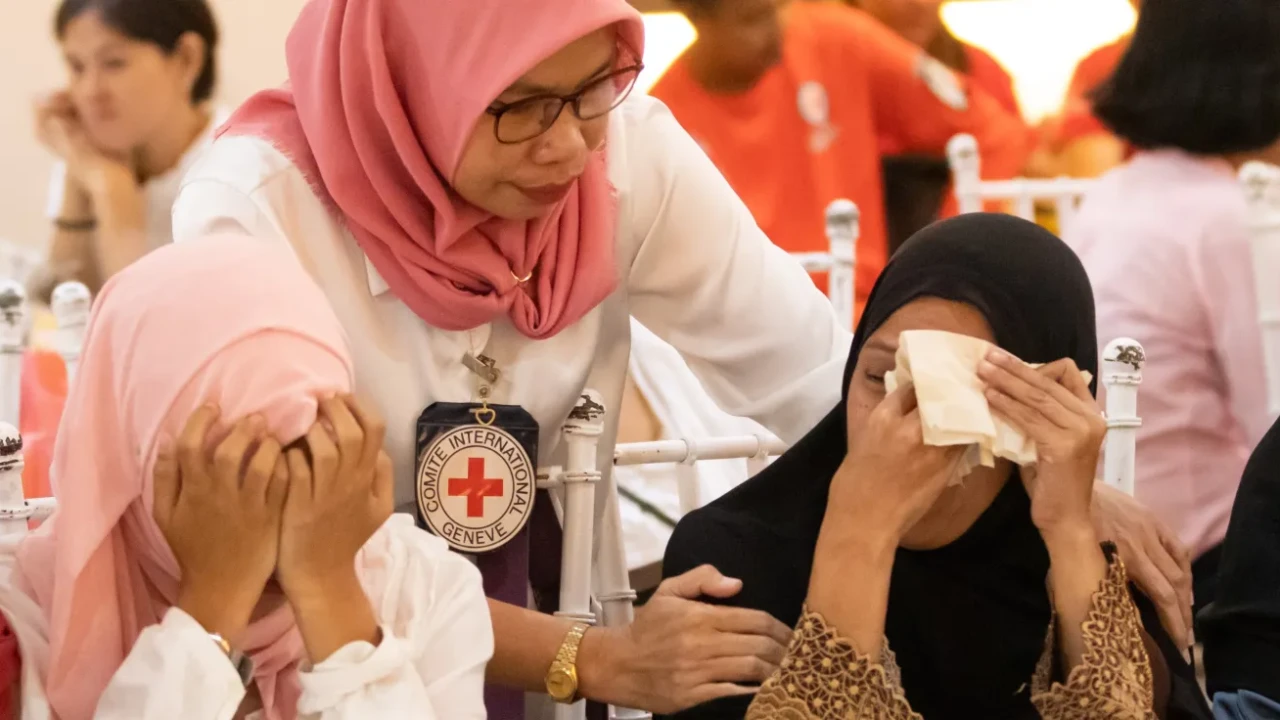Philippines - Typhoon Hagupit
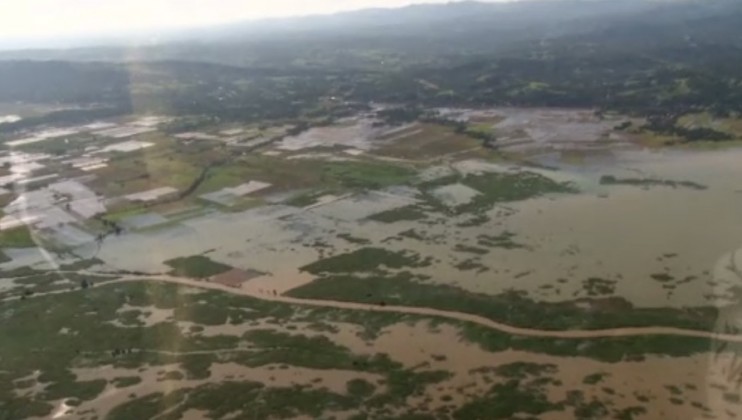
This is a modal window.
People in the Philippines are rebuilding their homes and struggling to find sources of livelihood after Typhoon Hagupit hit parts of the country on 6th December 2014. According to the authorities, about 2.9 million people have been affected in nine regions.
Ariel Comedya, a farmer from Silvino Lobos in Northern Samar is one of the many people affected. “The typhoon affected our family – our house was damaged and our abaca and coconut crops were damaged as well.” But having recently experienced the world's worst typhoon (Haiyan) just over a year ago, the people and government of the Philippines were better prepared: “Yes, we were able to prepare for the coming typhoon. We stored water, food, rice and vegetables.”
Similar sentiments were echoed by Restuto Diaz, a worker who relies on daily wages: “We moved to a safer place during the typhoon because the roof might cave in on us, it’s risky because we have small children. This roof was blown away, I just repaired it after.” The official government figures confirmed 19 deaths, more than 900 injured and over 47,000 houses damaged. The ICRC cannot confirm any death toll or give exact figures of houses destroyed by Typhoon Hagupit.
While the damage is not as bad as that caused by Typhoon Haiyan last year, Restuto highlights the difficulties facing the people affected by Hagupit: “Our primary needs are food, water, medicines… these are what we need. Yes, the coconut trees were damaged. These are the primary sources of income here – coconut, abaca – they’re gone. The crops were destroyed so the people here lost their livelihood.” According to the authorities, agricultural losses amount to around USD 43 million, while damage to infrastructure is around USD 27 million.
Roderic Salve, who specialises in Disaster Management Services with the Philippines Red Cross (PRC) identified the lessons learnt from the disaster last year: “Typhoon Haiyan was the strongest and had damage and brought a lot of devastation in the country. The good thing with the Typhoon Hagupit is that the people had learnt. One example of this is that the areas that had been battered by Typhoon Haiyan, they became more proactive and prepared to anticipate what will be the scenarios.
The authorities’ preparedness helped in reducing the impact of the typhoon. The ICRC, the PRC and other Movement partners are closely coordinating relief efforts. Linh Schroeder, ICRC Deputy Head of Delegation for Typhoon Hagupit Operation in the Philippines said: “People were evacuated in advance in evacuation centres and the destruction was mainly houses damaged, with the roofs destroyed – some of them. And the water system was a bit damaged also.”
ICRC assessment team noted limited to moderate damages over the entire province of Samar. Houses built with light materials were destroyed and some health facilities were partially damaged. Hospitals are fully functional. But public services (electricity, water and basic health care) have been disrupted. It will take a few weeks for cleaning to be completed and electricity to be fully restored. In addition, livelihood activities have been disrupted with the agricultural sector affected in some areas (destruction of coconut trees and newly planted rice seedlings).
A joint ICRC/PRC emergency response will support communities affected by Typhoon Hagupit in coastal areas of Northern and Eastern Samar. ICRC has already donated 13 dressing kits or emergency health kits to various health facilities. In addition, 125 tons of rice and 28.5 tons of canned sardines will be handed over to the PRC for distribution in coastal areas of Northern and Eastern Samar.
Shotlist
Location: Various, The Philippines
Length: 03:58
Format: HD & SV H264 MOV
Production: Sarah Jane Velasco
Camera: Various
Sound: English / Tagalog
ICRC ref: AV260N
Date: 10 December 2014
Copyright: ICRC access all
00:00 Aerial shots of Northern Samar
00:07 Various shots of damaged homes in Silvino Lobos, Northern Samar
00:24 Shots from the inside of a home
00:48 SOUNDBITE (in Tagalog): Ariel Comedya, Farmer, Silvino Lobos in Northern Samar:
“The typhoon affected our family – our house was damaged and our abaca and coconut crops were damaged as well.”
01:10 SOUNDBITE (in Tagalog): Ariel Comedya, Farmer, Silvino Lobos in Northern Samar:
“Yes we were able to prepare for the coming typhoon. We stored water, food, rice and vegetables.”
01:28 Various shots of villagers rebuilding their destroyed homes
01:52 SOUNDBITE (in Tagalog): Restuto Diaz, Former Carver and daily wages worker, Silvino Lobos in Northern Samar:
“We moved to a safer place during the typhoon because the roof might cave in on us, it’s risky because we have small children. This roof was blown away, I just repaired it after.”
02:01 SOUNDBITE (in Tagalog): Restuto Diaz, Former Carver and daily wages worker, Silvino Lobos in Northern Samar, The Philippines:
“Our primary needs are food, water, medicines… these are what we need. Yes, the coconut trees were damaged. These are the primary sources of income here – coconut, abaca – they’re gone. The crops were destroyed so the people here lost their livelihood.”
02:33 Aerial shots of flooding, crops destroyed
02:38 ICRC team heading to the helicopter to assess the damage and assist those affected
02:45 Roderic Salve, Philippines Red Cross Senior manager, Disaster Management Services, Manila, The Philippines:
“Typhoon Haiyan was the strongest and had damage and brought a lot of devastation in the country. The good thing with the Typhoon Hagupit is that the people had learnt. One example of this is that the areas that had been battered by Typhoon Haiyan, they became more proactive and prepared to anticipate what will be the scenarios.
03:11 ICRC boarding the helicopter to assess the damage and assist those affected
03:17 Linh Schroeder, ICRC Deputy Head of Delegation for Typhoon Hagupit Operation, Manila, The Philippines:
“People were evacuated in advance in evacuation centres and the destruction was mainly houses damaged, with the roofs destroyed – some of them. And the water system was a bit damaged also.”
03:37 Aerial shots of the villages that were better prepared
03:51 Children entering the school premises
03:58 END
